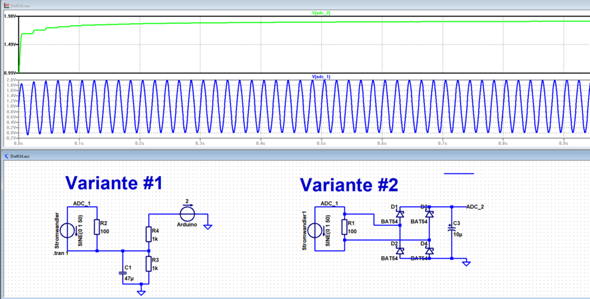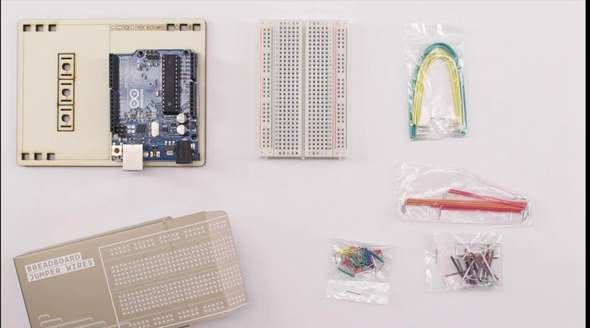Schönen Samstag erst einmal.
Ich versuche gerade mit einem Wemos D1 mini Modul einen Webserver aufzusetzen.
Genaugenommen habe ich einen Clon von Amazon : IZOKEE ESP8266 ESP-12F.
Das sollte ja aber nicht das Problem sein, oder?
Naja, jedenfalls habe ich mir einen bzw. zwei Beispielsketche aus dem Internet geladen und mit beiden rumprobiert.
Ich schaffe es den Sketch auf das Board zu laden, also per Micro USB Anschluss, noch nicht am Arduino angeschlossen.
Ich kann den Sketch laden. Meine Netzwerk Daten sind im Sketch hinterlegt. Ich habe am Laptop einen Hotspot erstellt, in diesem erscheint der esp 8266. Im Seriellen Monitor steht das der Chip mit dem Netzwerk verbunden und der Webserver nun erreichbar ist. Kopiere ich dann jedoch die ausgeworfene IP Adresse, welche mit der im Laptop angezeigten übereinstimmt, so läd die Seite nicht. Ich kopiere die IP in Chrome und nach kurzer Ladezeit erhalte ich die Nachricht das die Seite nicht erreichbar ist.
Ich weiß jetzt nicht mehr weiter, nachdem ich mit so ziemlich jeder Einstellung rumgespielt und mir so ziemlich jedes Tutorial angeschaut habe.
Vlt. kennt hier ja jemand die Lösung oder hat Vorschläge die Ich noch ausprobieren könnte. Bei Fragen bitte einfach melden.
Schon mal Danke im voraus und schönes Wochenende.





